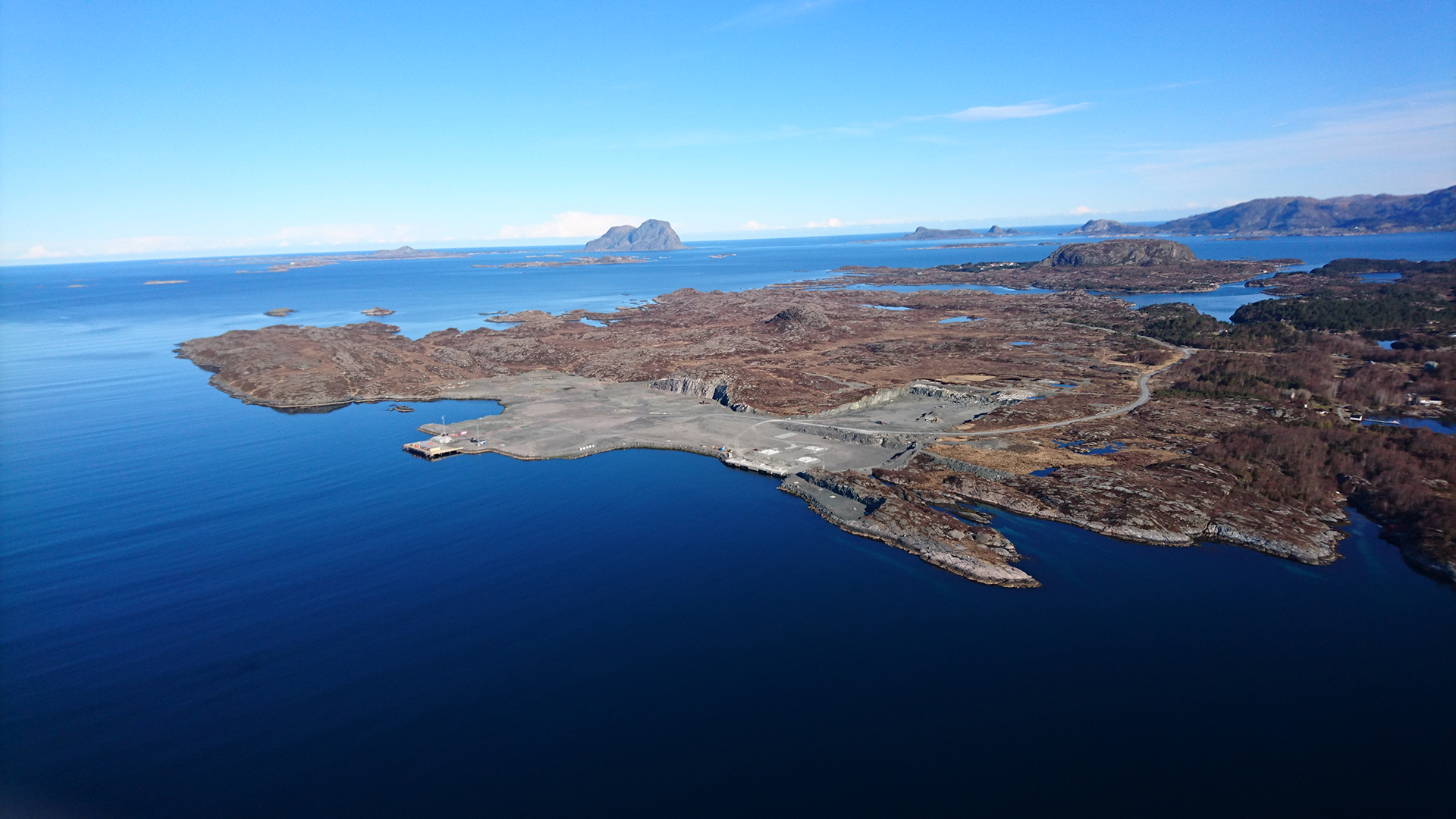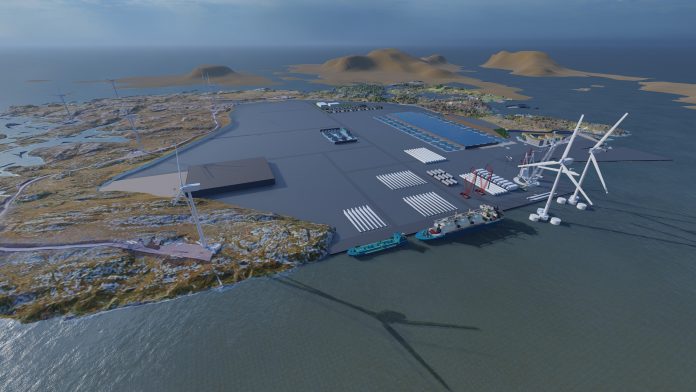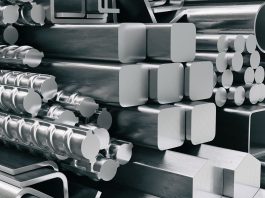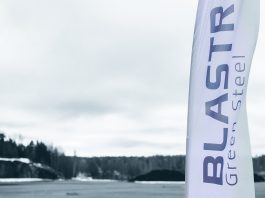Blastr Green Steel has identified Norway’s coastal industrial area of Lutelandet as an alternative location for its pellet plant.
Located on the country’s west coast, Blastr has selected Lutelandet as a potential site for its pellet plant that will supply feedstock to its ulra-low CO2 steel plant under development in Inkoo, Finland.
The prospective pellet plant will convert iron ore pellet feed into direct reduction pellets (DR pellets), an essential step in decarbonising the steel value chain globally.
Blastr has now signed a Letter of Intent (LOI) with Lutelandet Offshore Site & Drydock (LLOF) and Htwo-Fuel to explore the location’s potential.
The LOI includes an area sublease agreement between Blastr and LLOF, and cooperation between Blastr and Htwo-Fuel to secure grid and power capacity.
In July, Blastr expressed interest in the UK’s Redcar Bulk Terminal (RBT) at Teesside as another potential location for the pellet plant. The company will now investigate the two sites to determine the area to launch its steel decarbonisation endeavour.
Hans Fredrik Wittusen, the CEO of Blastr Green Steel, said: “Lutelandet is a highly attractive site to produce feedstock to our steel plant with industrial infrastructure already in place, access to a North Sea deepwater port, and clean renewable energy from hydropower and nearby wind farm.
“We look forward to cooperating with our site partners and the surrounding community to further develop the Lutelandet option in order to accelerate the implementation of our pellet plant and optimise our integrated value chain for ultra-low CO₂ steel products.”
How the pellet plant will decarbonise the steel sector
Blastr aims to make the steel production industry green through the company’s revolutionary ultra-low CO2 steel offering.
The pellet plant will be key to developing an integrated green steel value chain that is estimated to provide over a 90% reduction of Scope 1-3 C0₂ emissions compared to traditional steel production processes.
Once developed, Blastr’s pellet plant will produce more than six million metric tonnes (Mt) of industry-leading DR pellets.
Approximately 50% of the DR pellets will go to the Inkoo green steel plant, with the rest sold to Cargill Metals, which will be distributed to the growing global market for DR pellets.

In addition to reducing steel production emissions significantly, the pellet plant will open 120 job opportunities and generate a significant number of indirect jobs in the local area to further boost the economy.
The integrated green steel value chain will establish a profitable business model with low carbon emissions for industrial-scale steel production with future opportunities for scalability.
Tor Gjertsen, Chairman of LLOF Site & Drydock, commented: “Blastr is a great fit for Lutelandet and will accelerate the development and cooperation between new green industries at our site.
“A pellet plant of this type and scale brings new competence, jobs, and significant investments to Lutelandet and the region. It also fosters synergy potential for collaboration among different industrial initiatives co-located in the area.”
The next steps for the project
Blastr will now collaborate with its partners and stakeholders at Lutelandet and Teesside before selecting its site, with a decision expected to be made toward the end of 2023.
This will be immediately followed by detailed engineering and permitting processes. The final investment decision is expected in 2025.
The pellet plant is estimated to bring in more than €1bn in investments, with production targeted to start in 2027.









